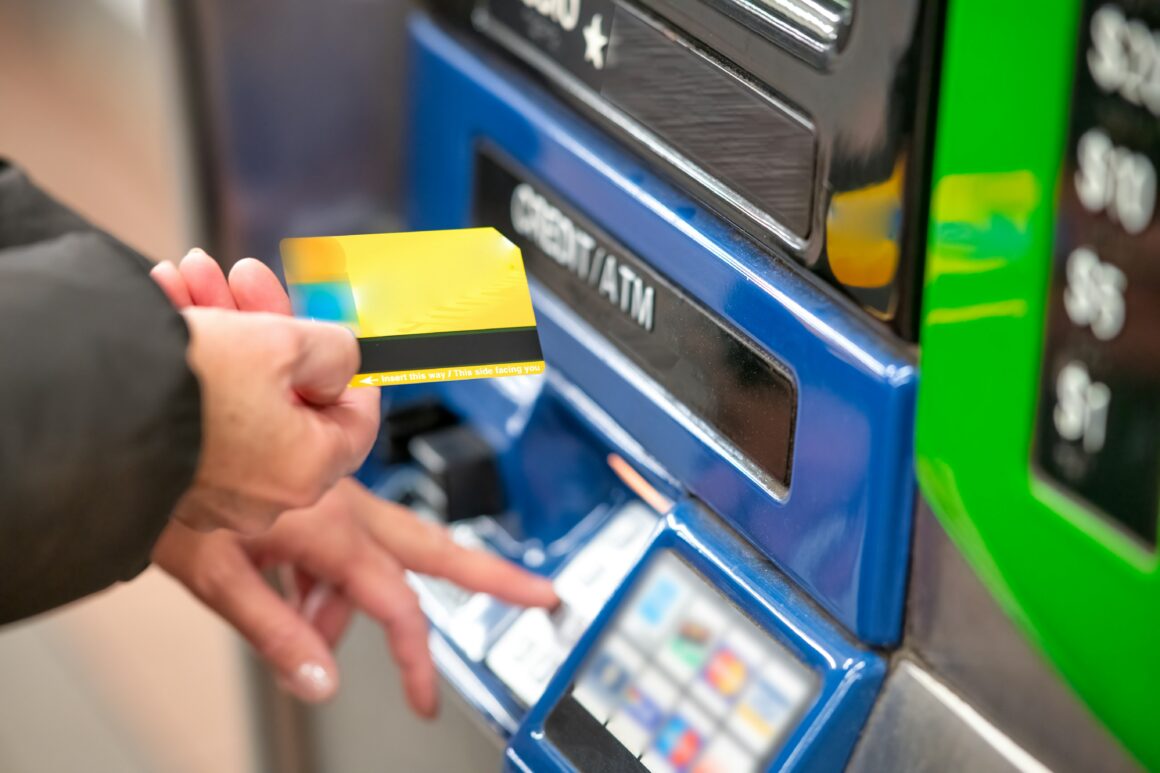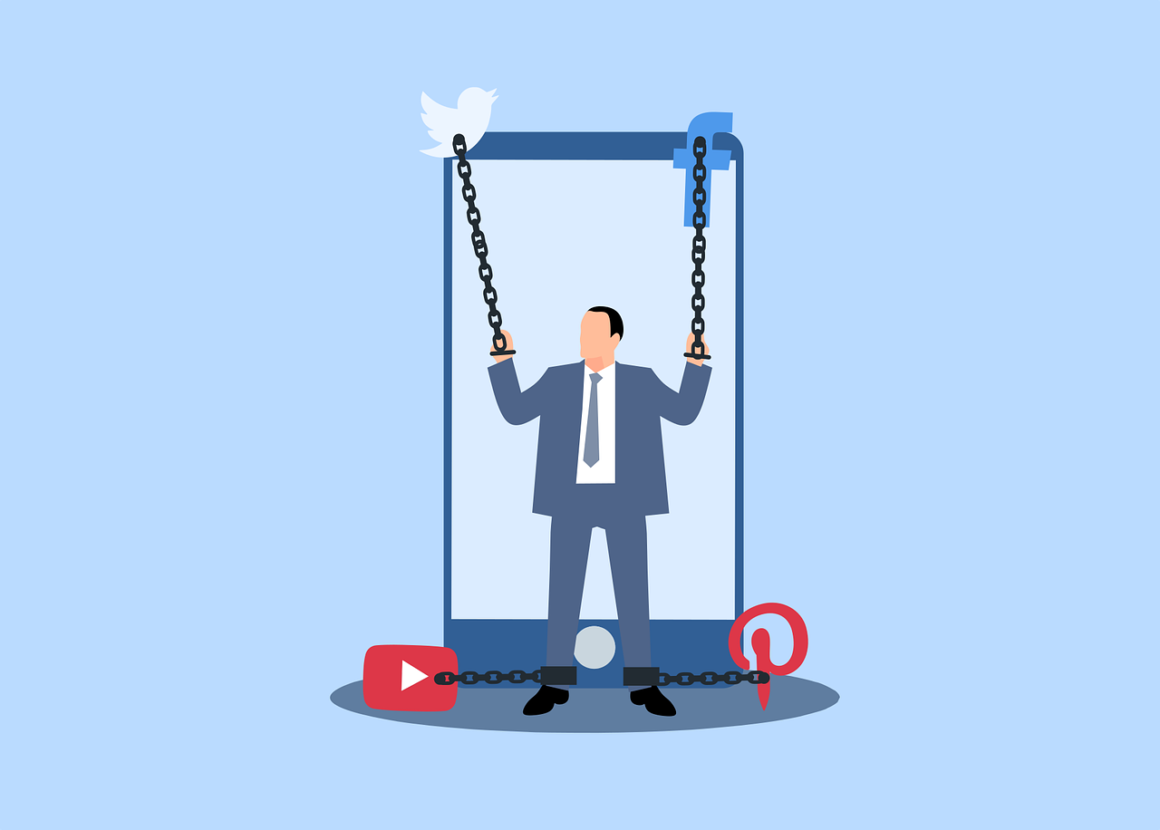This is a sponsored post from The Pearl Source. Affinity Magazine is receiving financial compensation for the publication of this article, which utilized content provided The Pearl Source.
The pandemic pushed many changes in various industries, including the fashion industry. While at some places these changes occurred naturally, the fast fashion industry is not only pressured by the environment and climate change statistics but also by consumers as well.
Consumers are increasingly spending more time researching and analyzing brands. For many out there, simply going shopping has taken a completely different approach. And there is a reason why that is the case. Recent reports suggest that based on the region, 60% to 80% of all consumers are making efforts to be environmentally or ethical friendly, with sustainable purchases always as a number one choice. In China, around 40% of consumers prefer eco-friendly purchases. What is even more encouraging is that up to 90% of these consumers plan to stick to this approach long-term. And with additional information being shared through literally all social media platforms, the demands for sustainability will only increase.
Customers know what they want
Customers constantly expand their knowledge on how to live a more sustainable lifestyle. However, many customers expect brands to lead them into this new living standard. This, of course, puts brands under big pressure, as now besides caring for their daily activities and business growth, they need to help customers in the adoption of sustainable lifestyles, that will not only contribute to their wellbeing but will have a minimum environmental impact as well.
This type of customer’s needs should not be disregarded, as many who believe their brand is not respecting their values will freely go for the competition and switch products in a heartbeat. And while many brands still wonder how to influence consumers in this “new” era, there are a lot of market opportunities for other brands that are willing to walk the extra mile for each customer. Their products are already eco-friendly, and speaking up about environmental protection and sustainability practices is like promoting their brand.
The change is coming, and brands must answer
The fashion industry has seen a lot of changes over the years. For example, brands used to do packaging that will do magic when it comes to sale the product, but when it comes to disposing of that exact packaging – a disaster. Customers now expect magic throughout the whole process. But this is not only focused on the products’ materials or the packaging.
The fast fashion industry has been shaken by many scandals, talking about workers’ exploitation, children working, etc. Consumers now demand a “clean” path of the product they are buying. They demand supply chain transparency, from a healthy working environment for the workers, sustainable and eco-friendly materials, up to minimal usage of extra packaging and minimal environmental impact.
And while there is still a long way to go, we can already see how the new consumer demand is changing brands’ perspective on sustainability. Many brands such as Patagonia, The Pearl Source, Gucci, Toms etc have already embarked on sustainability initiatives. They dedicate themselves to the usage of sustainably grown raw materials while protecting biodiversity and nature. Maintaining natural systems becomes their focus, and working on the reduction of greenhouse-gas emissions is in the focus. With an optimistic mindset, we can expect to see a different fashion industry in just a few years.




